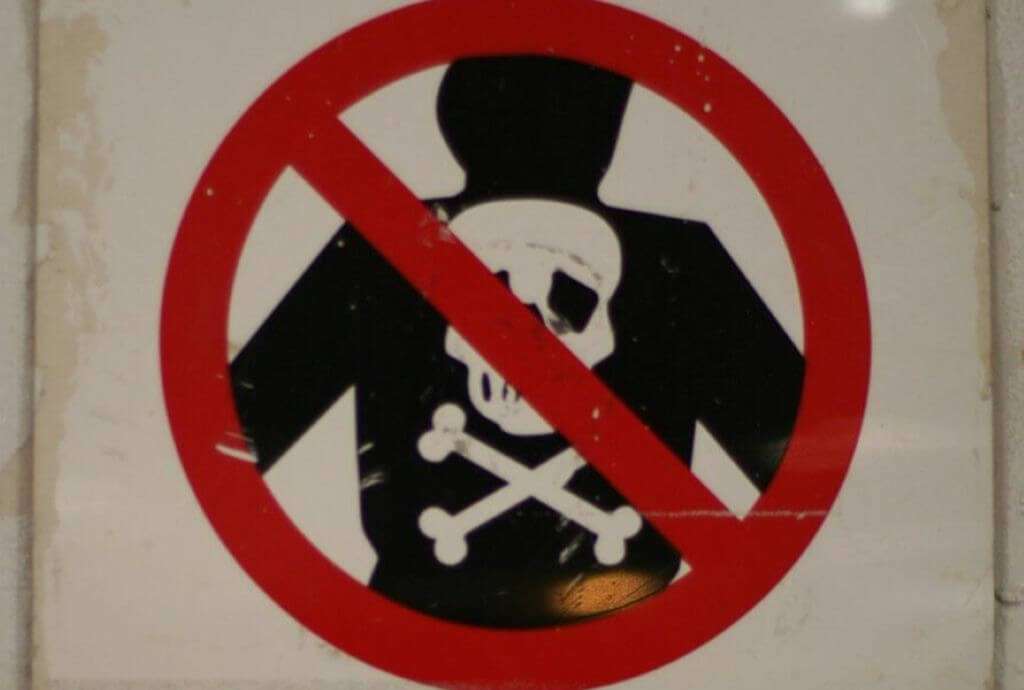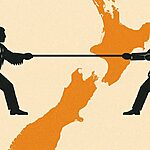Summarised by Centrist
Pseudonymous writer SpiderCatNZ questions the widely repeated claim that New Zealand’s COVID response “saved” 20,000 to 30,000 lives, arguing the figure is “a narrative” built on speculative modelling rather than hard data.
“Claiming that a given number of lives were saved implies a counterfactual scenario,” they write. “But since we cannot directly observe this alternate timeline… we must simulate it.” These simulations, SpiderCatNZ argues, depend on assumptions about virus severity, health system strain and public behaviour, often reflecting the modeller’s worldview.
According to SpiderCatNZ, a key example is the Karlinsky-Kobak World Mortality Dataset, which projected excess deaths based on pre-2020 population growth. But border closures halted that trend. “The model did not account for this, leading to inflated projections,” they write.
Economist John Gibson’s 2024 study corrected for this and found roughly 4,000 more deaths than expected during the pandemic, undermining the idea that deaths dropped due to government measures.
SpiderCatNZ also questions Age-Standardised Mortality Rates (ASMR). While flu deaths dropped, overall mortality remained steady. “What is the baseline we’re comparing against?” SpiderCatNZ asks. “Do we assume NZ would have experienced the same excess mortality as the UK or Brazil?”
Instead of vague counterfactuals, which paint rosy pictures about saving lives, SpiderCatNZ calls for honest framing with far more nuance:
“One model… suggests we might have seen up to 30,000 more deaths. But these estimates are uncertain and depend on assumptions not borne out in local data.”
According to SpiderCatNZ, the number of lives saved is a narrative.
“And as with all narratives, we must ask: who benefits from telling it?” they ask.



















